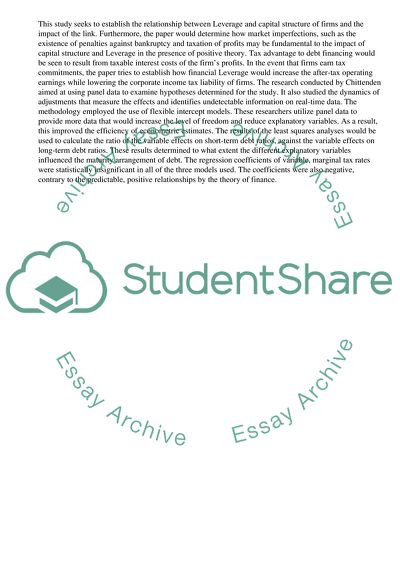Cite this document
(Capital Structure and Leverage of Firms Research Paper, n.d.)
Capital Structure and Leverage of Firms Research Paper. Retrieved from https://studentshare.org/business/1785684-capital-structure-and-leverage
Capital Structure and Leverage of Firms Research Paper. Retrieved from https://studentshare.org/business/1785684-capital-structure-and-leverage
(Capital Structure and Leverage of Firms Research Paper)
Capital Structure and Leverage of Firms Research Paper. https://studentshare.org/business/1785684-capital-structure-and-leverage.
Capital Structure and Leverage of Firms Research Paper. https://studentshare.org/business/1785684-capital-structure-and-leverage.
“Capital Structure and Leverage of Firms Research Paper”, n.d. https://studentshare.org/business/1785684-capital-structure-and-leverage.


